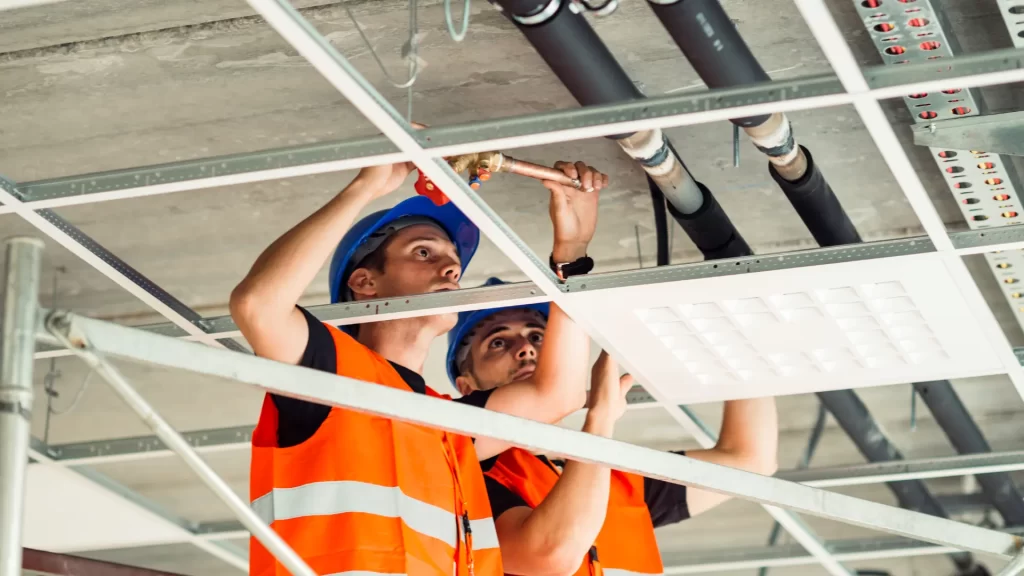Plant valuation is a financial estimation of the market value of all equipment used in the plant. An accredited organisation carries out the plant and machinery valuation. The professionals consider all the variables and prepare a comprehensive valuation report.
Plant valuation enables you to make informed decisions about installed assets’ present and future worth. It helps in asset management, taxation, insurance policies, and the eventual sale/purchase of a property. Since things change rapidly in the modern world, every owner should have an updated valuation report to know the actual worth of its assets.
What are the types of Assets that can Be Valued?
The identification of assets is the first step toward understanding plant valuation. Generally, an asset has value and can be converted into cash. However, in plant valuation, we are mainly concerned with ‘fixed assets.’
A fixed asset is a tangible property or piece of equipment that can be kept for an extended period. When it comes to the plant valuation, a valuer analyses these assets:
- Land: The land is an essential asset for any business due to its price and longevity. Land has a very low depreciation. It is one asset that keeps rising with time.
- Buildings: The buildings are structures built on the acquired land. A plant building with high curb appeal gets higher value.
- Improvements: It refers to the practices that keep your land and buildings in workable condition. It includes scheduled maintenance, fixing/replacing broken parts, and the addition of the latest trends.
- Machinery: Machinery means the medium to heavy equipment required to make and distribute a product. It is a costly asset that depreciates drastically over time.
- Office Equipment: It includes computers, furniture, desks, and other essential equipment. It is the cheapest asset with minimum impact on overall plant valuation.
What are the Different Approaches to Plant Valuation?
The approach to valuation depends upon a client’s requirements. It explains whether you need market, fair, or equitable value. Based on that, valuation services decide the valuation type.
These are the most commonly used methods for plant valuation:
A. Market Value Approach
- It estimates the value of a plant-based on its worth in the market. The plant and its assets are offered to the entire market at a reasonable price.
- The approach is suitable for selling in the open market.
B. Equitable Value Approach
- It calculates the plant value based on the mutual interests of the two parties. The seller looks to maximise the profit while the buyer pays attention to the useful life of plant assets. After that, they both finalise an equitable price.
- It is ideal for private two-party contracts
C. Fair Value Approach
- It refers to the actual value of an asset on which it can be transferred. Fair value assessments are done to estimate the worth of particular types of machinery.
- It helps fill financial statements and balance sheets.
What are the advantages of plant Valuation?
Plant valuation is vital for all businesses. It teaches them to be thoughtful and self-accountable. You can only build long-term success with a plan. A company should invest in low-risk and high-reward assets.
These are the key benefits of plant valuation:
- It shows the worth of a company.
- It allows for setting the right price for the sale/purchase of plants.
- It helps in making asset management plans, ensuring their longevity.
- It guides about renovation, degradation, and replacement of assets.
- It contributes to calculating taxation.
- It helps in securing the right insurance policies for the assets.
- It fulfils regulatory compliances from local and international auditors.
If you are an Emirati looking for plant valuation, check out Land Sterling’s valuation services. Our team has an experience of 15+ Years, including certifications from The Royal Institution of Chartered Surveyors (RICS), The International Valuation Standards Council (IVSC), and The Saudi Authority for Accredited Valuers (TAQEEM). Contact here for any plant valuation across the region.
What is the standard Procedure for Plant Valuation?
The standard procedure of plant valuation involves these steps:
1) Find a professional valuation service and contact their officials.
2) Explain your requirement. Based on this, they will decide on the valuation approach.
3) Share the plant’s location and finalise the date for plant valuation.
4) Give the valuer access to every machine and piece of land on the visit day.
5) After the visit, collect the valuation report. It should include plant valuation, its basis, and suggestions for improvement.
6) Follow the suggestions to increase the asset life spans and overall valuation of a plant.
Conclusion
Plant valuation determines the accurate value of a plant’s fixed assets. It helps in asset management, risk mitigation, and plant sale/purchase. For accurate valuation, you should always hire professionals. This blog highlights the types of assets, valuation approaches, benefits, and the standard procedure for a plant valuation.
Do read it and let us know your thoughts about plant valuation.











